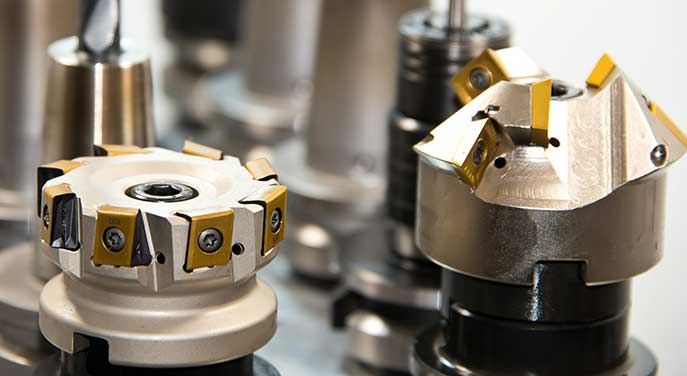 Manufacturing employment in Ontario has declined over the last 10 years. From just over one million manufacturing jobs in 2000, manufacturing employment dropped by 28 percent – to reach 777,000 jobs in 2013.
Manufacturing employment in Ontario has declined over the last 10 years. From just over one million manufacturing jobs in 2000, manufacturing employment dropped by 28 percent – to reach 777,000 jobs in 2013.
With the decline in manufacturing employment, the question becomes whether or not a manufacturing renaissance is on the horizon? Leading expectations of a rebirth of Ontario’s battered industrial sector is the area known as advanced manufacturing.
All manufacturing is essentially the conversion of raw resource inputs such as steel, coal or wood into finished products. Advanced manufacturing differs from traditional manufacturing in that it is more knowledge intensive and higher value added manufacturing – in particular it uses innovative technology to improve products or processes. Examples of traditional manufacturing industries include the sawmills, pulp mills, steel mills and automobile assembly lines that were the mainstays of Ontario’s industrial heartland. Examples of advanced manufacturing include nuclear manufacturing, aerospace manufacturing, computer and electronic manufacturing and tools and machine equipment.
The evidence suggests that the present rebound underway in U.S. manufacturing is being led by an expansion of advanced manufacturing opportunities and there is interest in accelerating this growth. Areas that are being prioritized by government research and support efforts include advanced sensing and control production platforms for manufacturing – so-called “smart manufacturing”, visualization and informatics for digital manufacturing and advanced materials manufacturing.
So how should Ontario proceed in this brave new world of advanced manufacturing? First and foremost, Ontario must realize that the private sector has to lead the way in pursuing advanced manufacturing opportunities. The role of government in supporting the private sector should be in the areas of the enablement of innovation, helping secure talent and skills for the new activities and improving the general business climate.
Ontario currently has the preconditions in place to pursue advanced manufacturing opportunities. Ontario still represents just under half of Canada’s manufacturing sector and is an important critical mass of expertise. Ontario has low and competitive corporate tax rates, is located in the densely populated North American market heartland and can take advantage of both current and future free trade agreements with the United States, Mexico and as well the coming European, Latin American and Asian agreements. It is a politically stable jurisdiction with a highly skilled, diverse and well-educated labor force and a well-developed transport and energy infrastructure. It has clusters of research-intensive universities pursuing research and innovation in new products and techniques.
Yet, despite all these advantages and the glossy government brochures promoting them, there is still one fundamental problem. Ontario needs to boost its productivity in manufacturing if its advanced manufacturing sector is to grow and prosper. Between 2000 and 2013, real manufacturing output per employee over only rose by 6 percent. Such an anemic rate of productivity growth will not allow Ontario to effectively compete with other advanced manufacturers around the world.
According to a long-term economic report from Ontario’s Ministry of Finance, between 1985 and 2000, business-sector productivity growth averaged 1.3 percent annually in Ontario compared to growth of 2.1 percent in the United States. Since 2001, the productivity gap has grown, as business-sector productivity growth slowed to 0.4 percent annually in Ontario and 0.8 percent in Canada, while U.S. productivity growth picked up to 2.4 percent annually.
Where to start? More efficient production requires more investment in machinery and equipment as well as information and communications technology. However, more efficient production also requires more efficient use of resources. According to a report by the Mowat Centre, Ontario not only has higher cost electricity than most of its nearby competitors but it uses electricity less efficiently: that is, it produces less output per unit input of electricity than its U.S. competitors – about 25 percent less.
The most important business innovation Ontario firms can make is not what new products to produce or how to market them but how to produce more of everything with less of everything. In this regard, there is no difference between advanced and traditional manufacturing – both can be made more efficient.
Livio Di Matteo is Professor of Economics at Lakehead University.
Livio is a Troy Media contributor. Why aren’t you?
The views, opinions and positions expressed by columnists and contributors are the author’s alone. They do not inherently or expressly reflect the views, opinions and/or positions of our publication.


